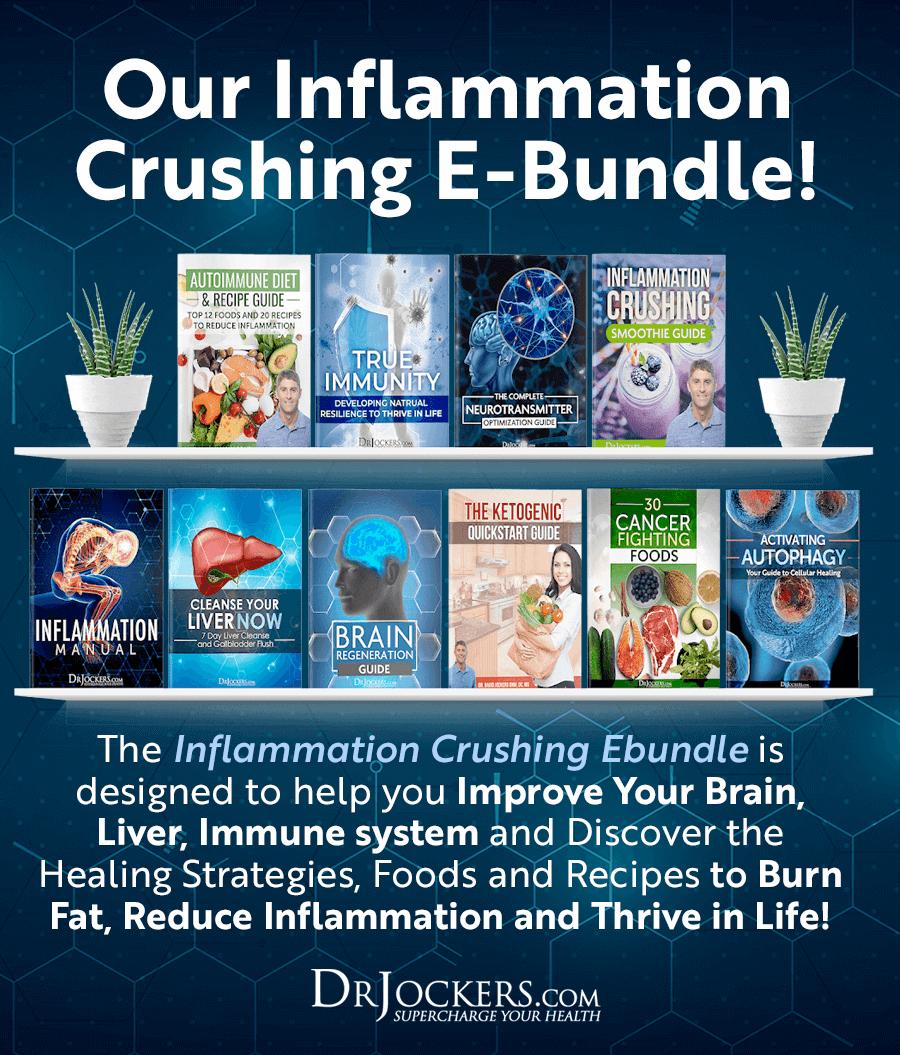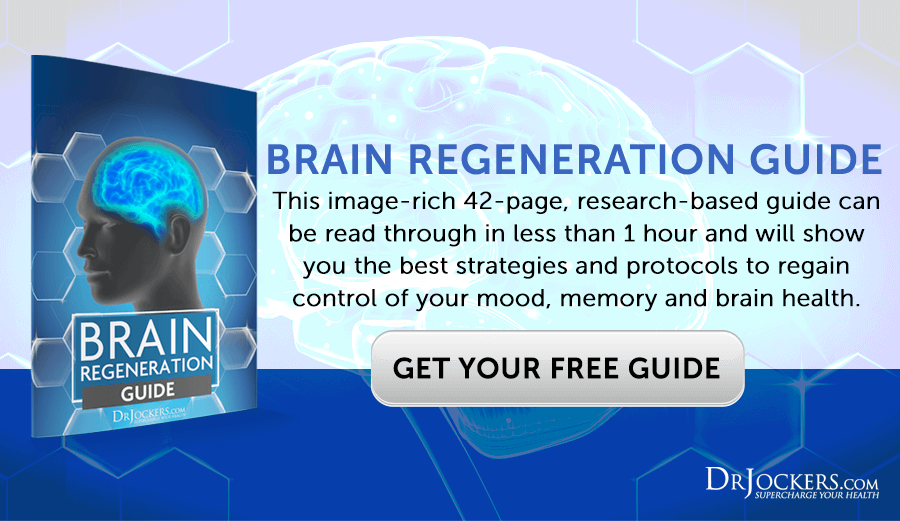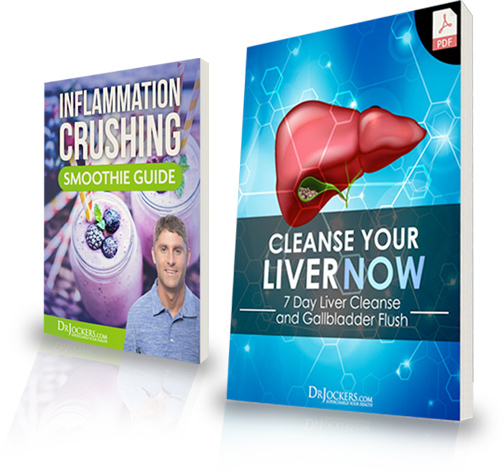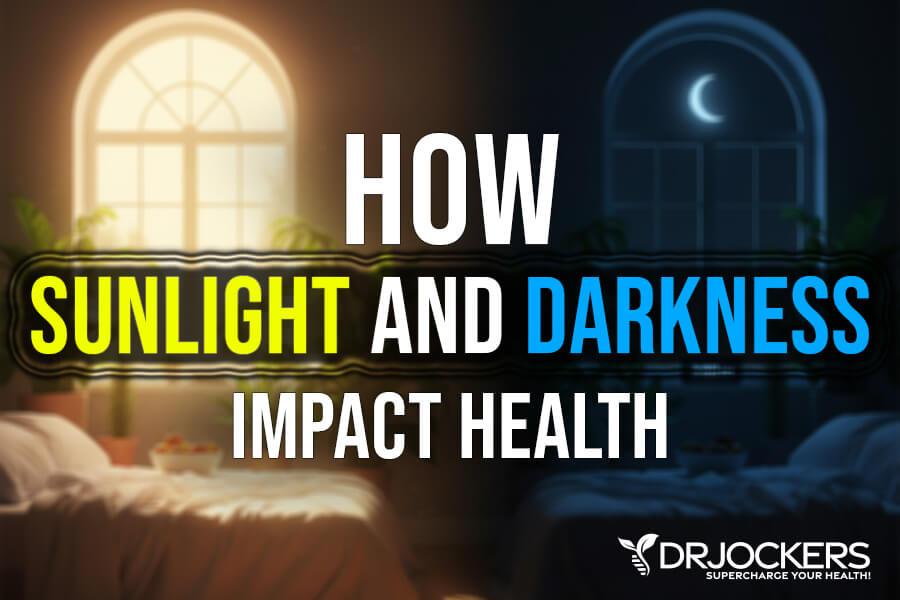 How Sunlight and Darkness Optimize Human Health
How Sunlight and Darkness Optimize Human Health
We talk a lot about the benefits of the sun but rarely mention the benefits of darkness. The truth is that sunlight exposure and darkness are equally important for your health and deficiencies in either can lead to problems.
Improving your sunlight and darkness exposure may significantly reduce your risk of developing chronic inflammatory conditions, including cancer, heart disease, diabetes, and autoimmune conditions. By balancing the two, you may experience better energy, better mental clarity, better fat burning, and overall wellness.
In this article, I will discuss the importance of sunlight, including red light for mitochondrial health, infrared light for mitochondrial melatonin levels, and UV light for vitamin D and nitric oxide levels. You will learn about the impact of sunlight on chronic disease. I will share my tips on how to optimize sunlight exposure.
You will also understand the importance of darkness, including for pineal gland melatonin and human growth hormone production. I will discuss the impact of darkness on chronic disease. Finally, I will share my tips on how to optimize darkness and sleep quality.
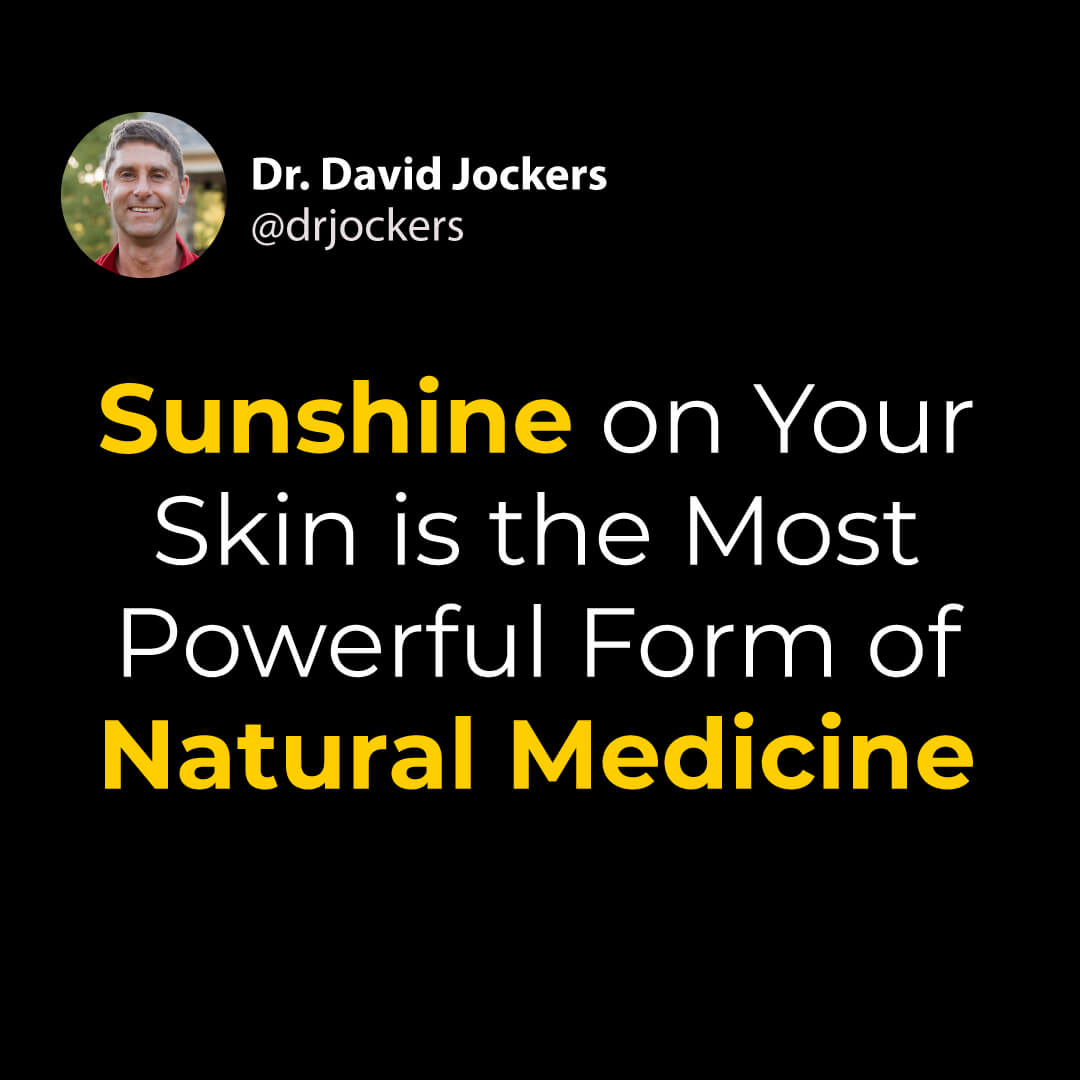
Importance of Sunlight
Sunlight is very important for your health for a variety of reasons. It offers red light, infrared light, and UV light, all offer some important benefits.
Red Light
Red light is one of the main types of light coming from sunlight that can benefit your skin, especially the visible and near-infrared spectrum. It can penetrate deeply into your skin and support cellular energy. According to a 2024 study published in Eye, red light may be great for mitochondrial dysfunction (1).
Red light is great for optimizing mitochondrial function by stimulation the enzyme cytochrome c oxidase, which can help increase adenosine triphosphate (ATP) production. This can improve cellular energy, muscle recovery, and overall vitality.
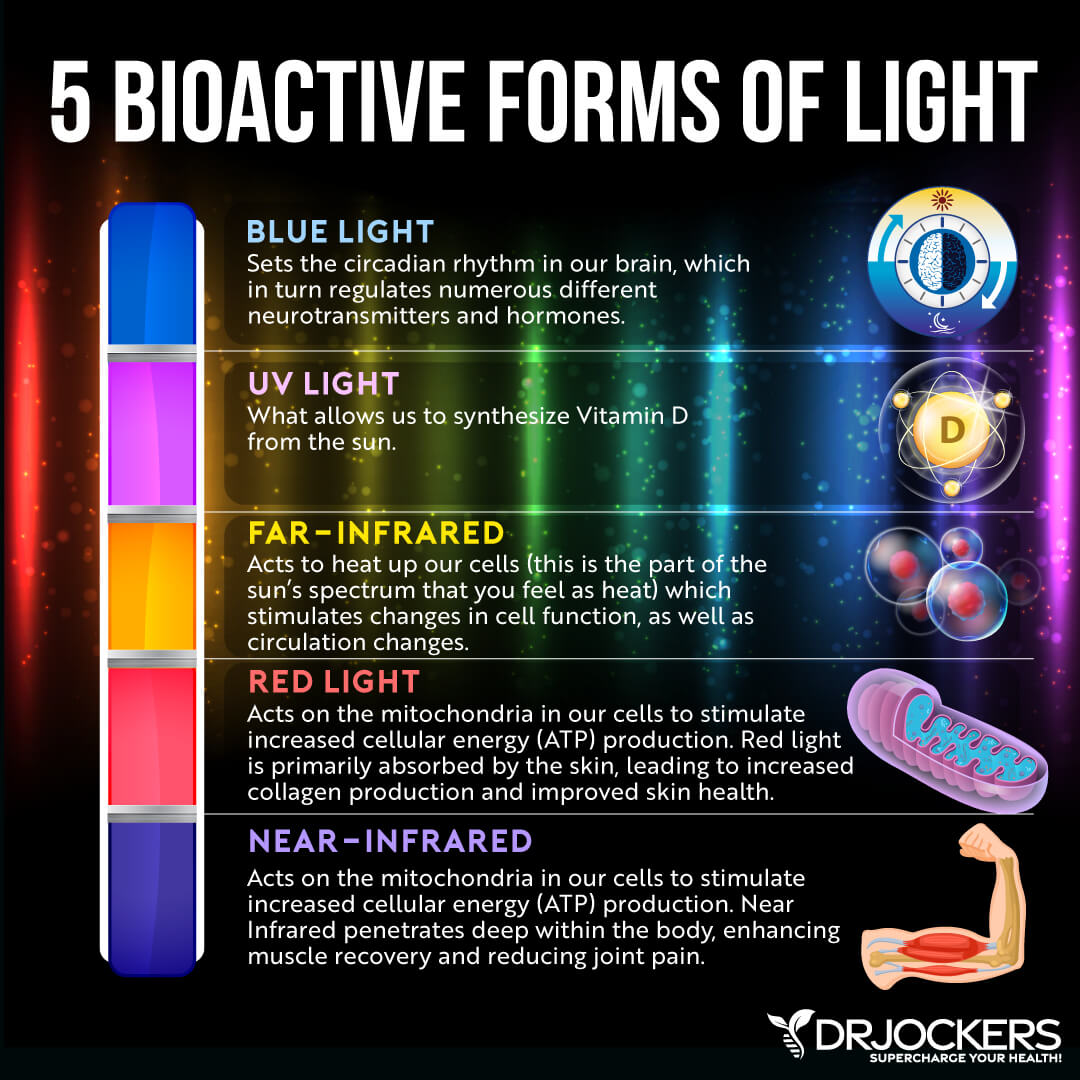
According to a 2018 study published in AIMS Biophysics, the photobiomodulation from red light therapy can bring anti-inflammatory benefits (2). Red light from the sun may also help to reduce chronic inflammation and oxidative stress. By improving mitochondrial performance, red light may help to decrease chronic inflammation, improve tissue repair, support collagen synthesis, and promote healthy skin.
Red light offers non-damaging wavelengths for supporting cellular health, recovery, and longevity. While you can experience the benefits from various red light devices, the best, natural, and completely free option to reap their benefits is by spending time in the sun.
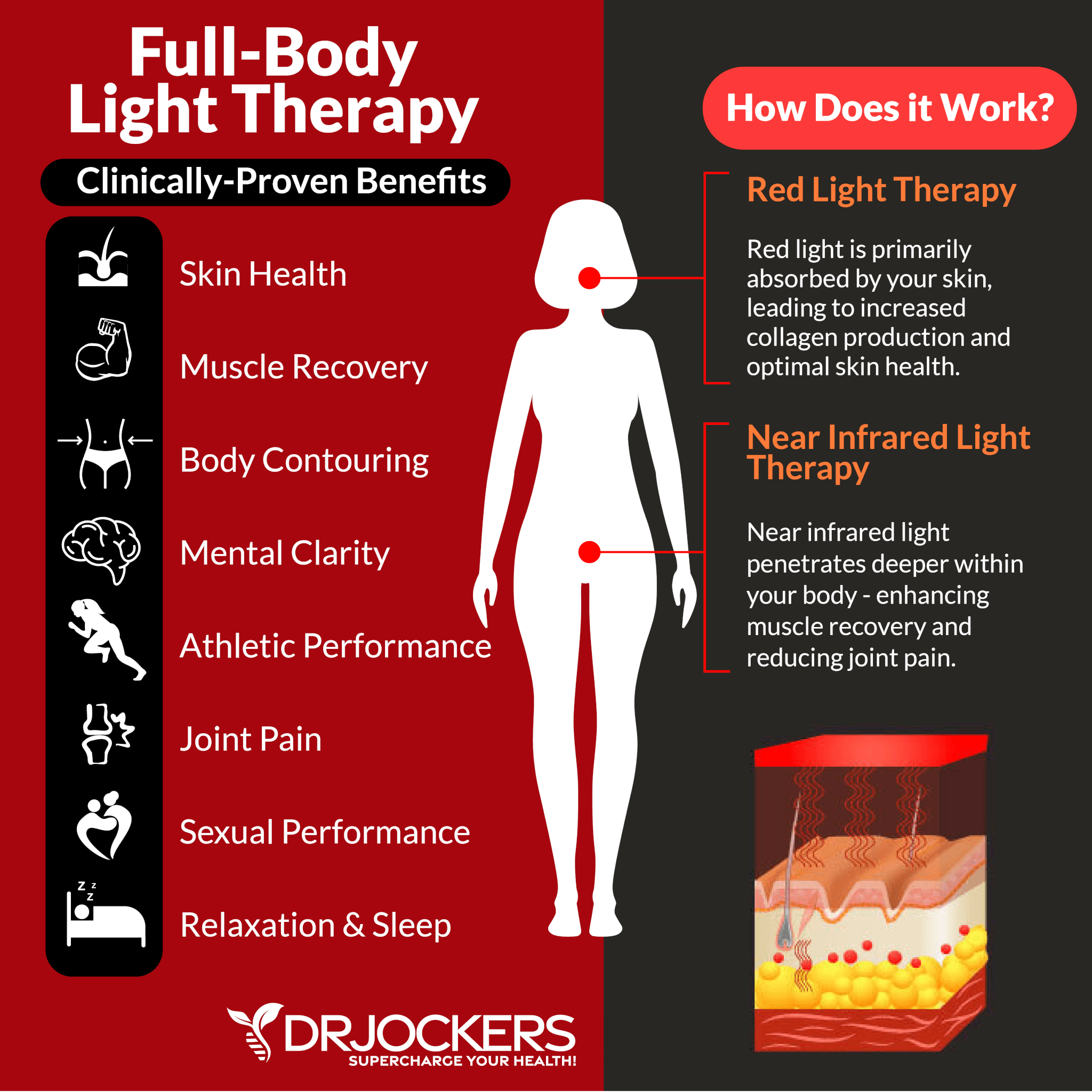
Infrared Light
Infrared light makes up over half of the sun’s energy. It also offers many health benefits. Infrared light has the ability to penetrate deeply into your tissues when the sun hits your skin, which makes it very different from UV and visible light, which only work closer to the surface.
While your body can receive infrared light from the sun throughout the day, levels will be higher in the morning and evening. This is great because during these times, the risk of UV damage is lower, so you can meet all your sunlight needs more safely during these times than midday.
One of the main benefits of infrared light is that it can help to activate nitric oxide in your bloodstream for better circulation and oxygenation. This means you get better oxygenation to the deep tissues of your body. The more oxygen and nutrients that you’re getting into those cells, the better they’re going to be able to burn fat for fuel and do their desired function.
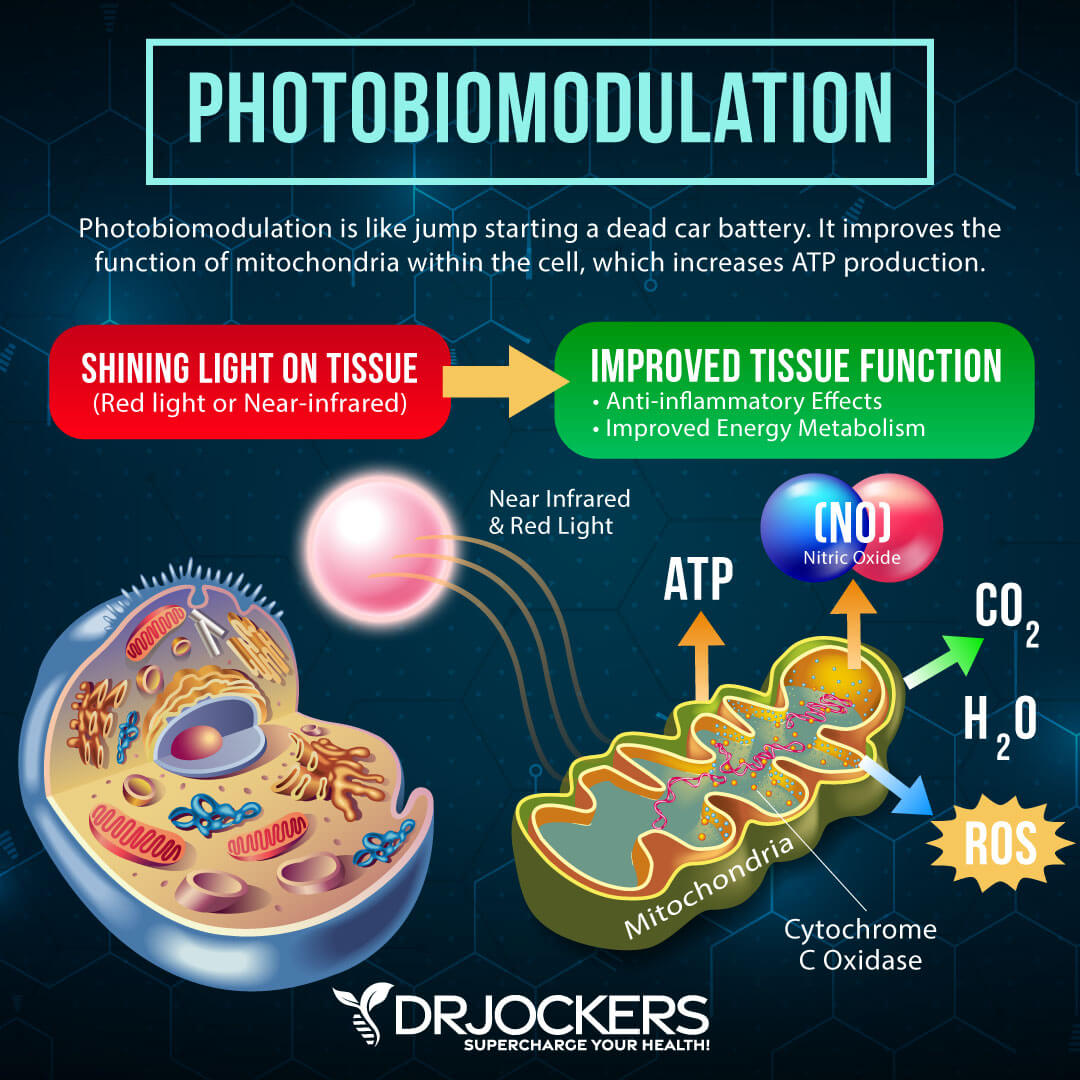
Infrared and Mitochondrial Melatonin Levels:
One of the major roles of infrared light from the sun is supporting mitochondrial health and the production of melatonin inside your mitochondria. 2007 research published in Medical Hypothesis even called this melatonin increases the principal component of red-light therapy (3).
You probably know melatonin from its benefits for your sleep cycle. However, we also produce melatonin, and it is the most powerful endogenous antioxidant from mitochondria. Endogenous means we internally produce it.
So, we produce it ourselves. However, we’re producing it in response to infrared wavelengths. According to 2023 research published in Biology (Basel), the photobiomodulation effects of near infrared light partly come from the increase of melatonin (4).
Unlike pineal melatonin, which you need for regulating sleep, mitochondrial melatonin actually serves as a powerful antioxidant and can help fight oxidative stress and free radical damage. It also helps to activate other antioxidants, including superoxide dismutase as well as glutathione peroxidase.
This is critical for mitochondrial function, energy production, and cellular resilience. It may play a role in slowing the signs of aging and reducing the risk of chronic diseases. Ultimately, the more stress-resilient your mitochondria are, the higher your health and life quality will be.
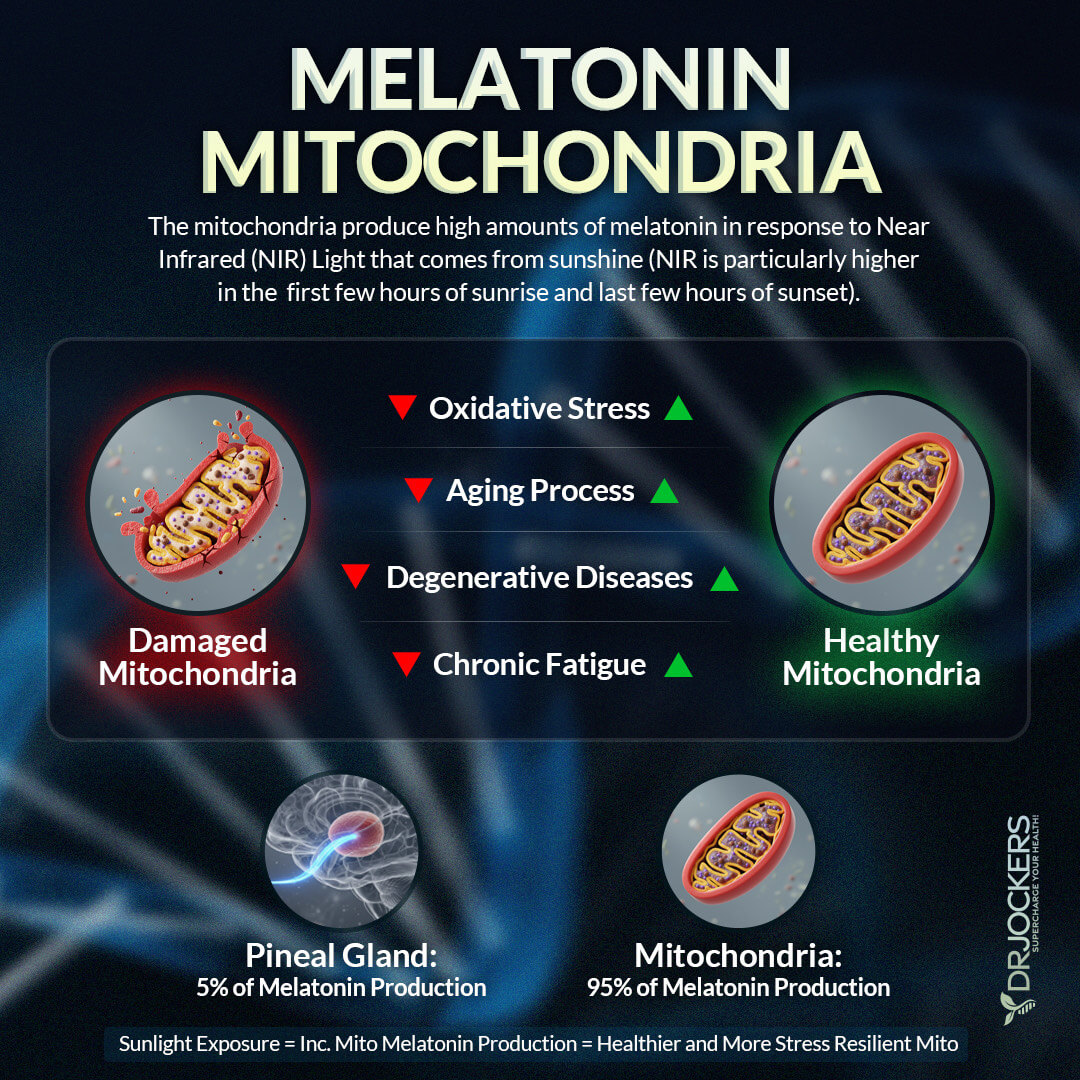
Infrared light is also fantastic for supporting cellular repair and promoting circulation. It does this by gently heating your issues and allowing better blood flow for the delivery of nutrients and oxygen across your body.
By improving circulation, infrared flight may help to lower chronic inflammation, improve detoxification, support muscle recovery, and boost resilience, while increasing health and vitality. According to a 2016 study published in the Journal of Clinical Orthopedics and Trauma, due to the increased cellular ATP production of osteoblasts and fibroblasts, near-infrared light therapy may help to improve fracture healing (5).
Just like with red light, you can support your health with infrared light devices. While those are great, the sun is completely natural and free. It’s a non-negotiable step for better health, and devices or supplements should be used as complementary support strategies to reduce deficiencies, support health, and lower the risk of health issues, alongside regular time in the sun.
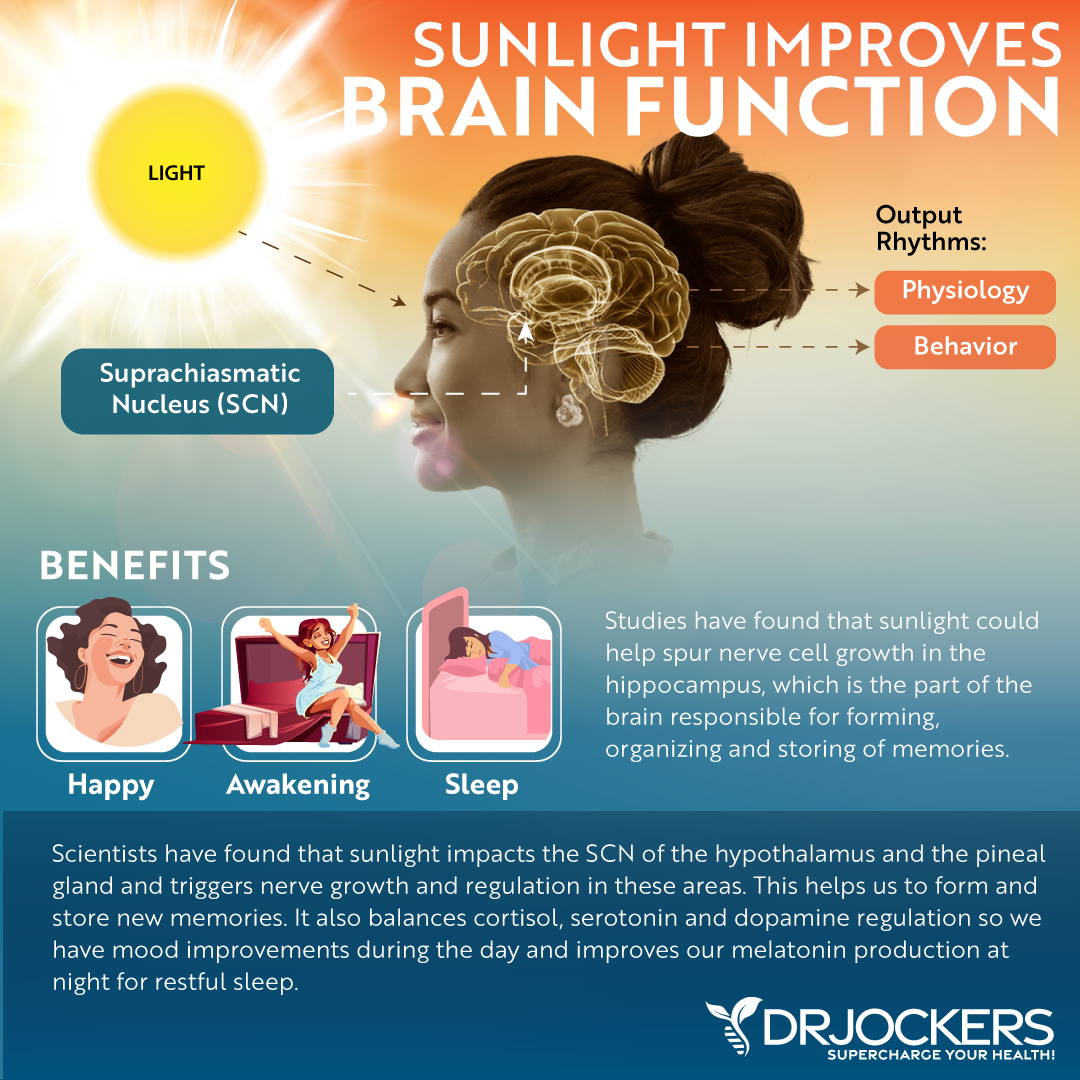
UV Light
One of the main natural health benefits of sunlight comes from ultraviolet or UV light. When UVB rays hit your skin, they help to stimulate the production of vitamin D. Vitamin D is a vital nutrient and pro-hormone for your immune health, reduced inflammation levels, bone health, brain health, cardiovascular health and other areas of your health (6, 7, 8).
It allows calcium and phosphorus to be absorbed better, which can help to reduce the risk of osteoporosis, but also the risk of some chronic health conditions, including heart disease, diabetes, and even cancer.
While you can improve your vitamin D levels through supplementation, and most people require support from vitamin D supplements, they cannot replace sunlight. UVB rays are still the best source of vitamin D.
When I see patients with autoimmune disease or cancer, I find that about 80 percent of them have serious vitamin D deficiencies. According to a 2023 study published in Seminars in Arthritis and Rheumatology, there may be a link between vitamin D deficiency and the risk of autoimmune diseases, including lupus and psoriasis (9).
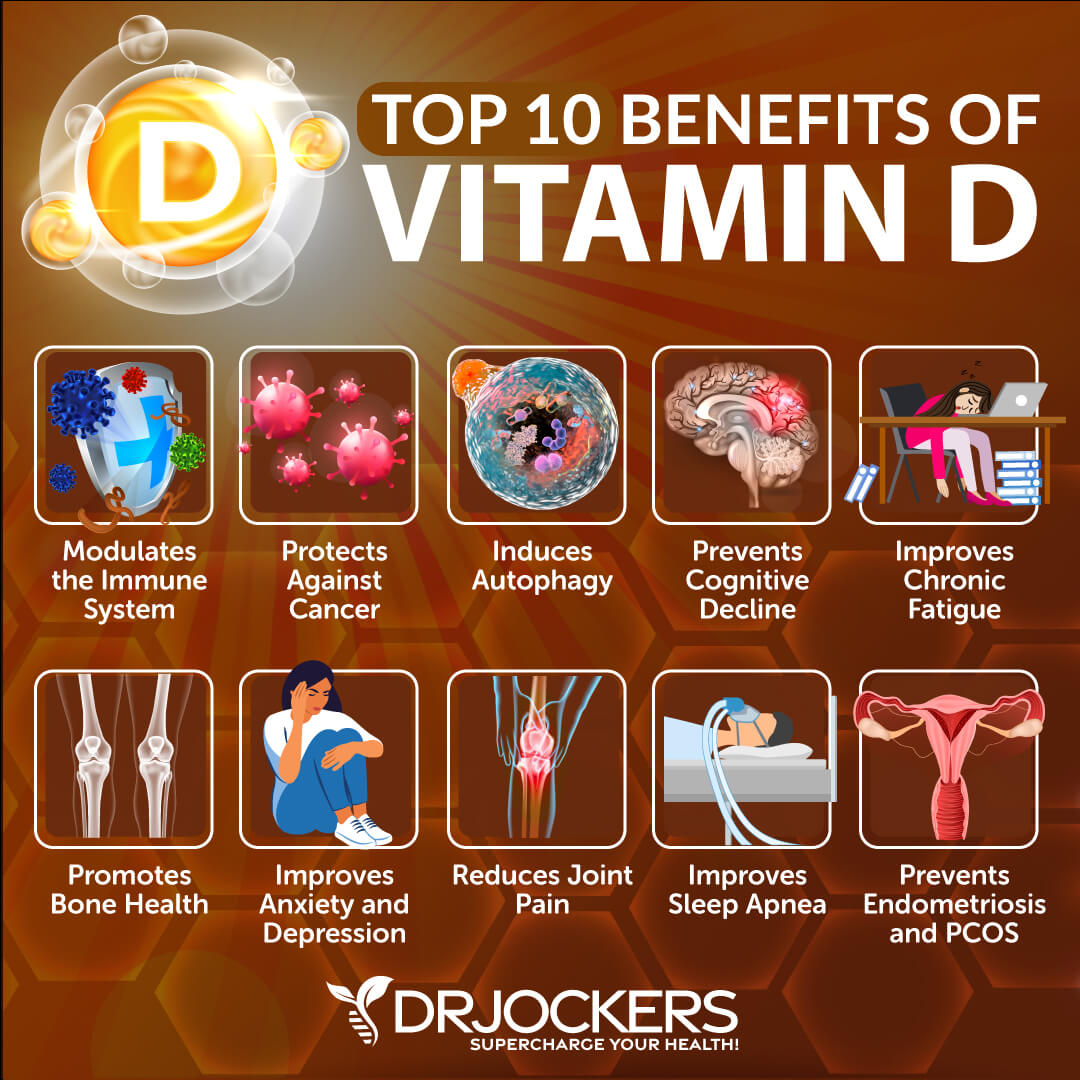
UVB rays can get into your skin, activate mitochondria, and help with vitamin D synthesis. It’s free compared to supplements, though you may need supplementation to improve deficiencies and balance your vitamin D levels.
UV light also helps the release of nitric oxide from your skin to your bloodstream. According to a 2005 study published in Molecular Aspects of Medicine, nitric oxide is a molecule that helps to relax your blood vessels, reduce blood pressure, and improve circulation, which, of course, supports cardiovascular health (10).
Thus, nitric oxide from sunlight can help to reduce high blood pressure and cardiovascular risk. According to a 2018 review published in National Reviews in Cardiology, nitric oxide is crucial for cardiovascular homeostasis (11). Vitamin D and nitric oxide together can improve cardiovascular, immune, and bone health.
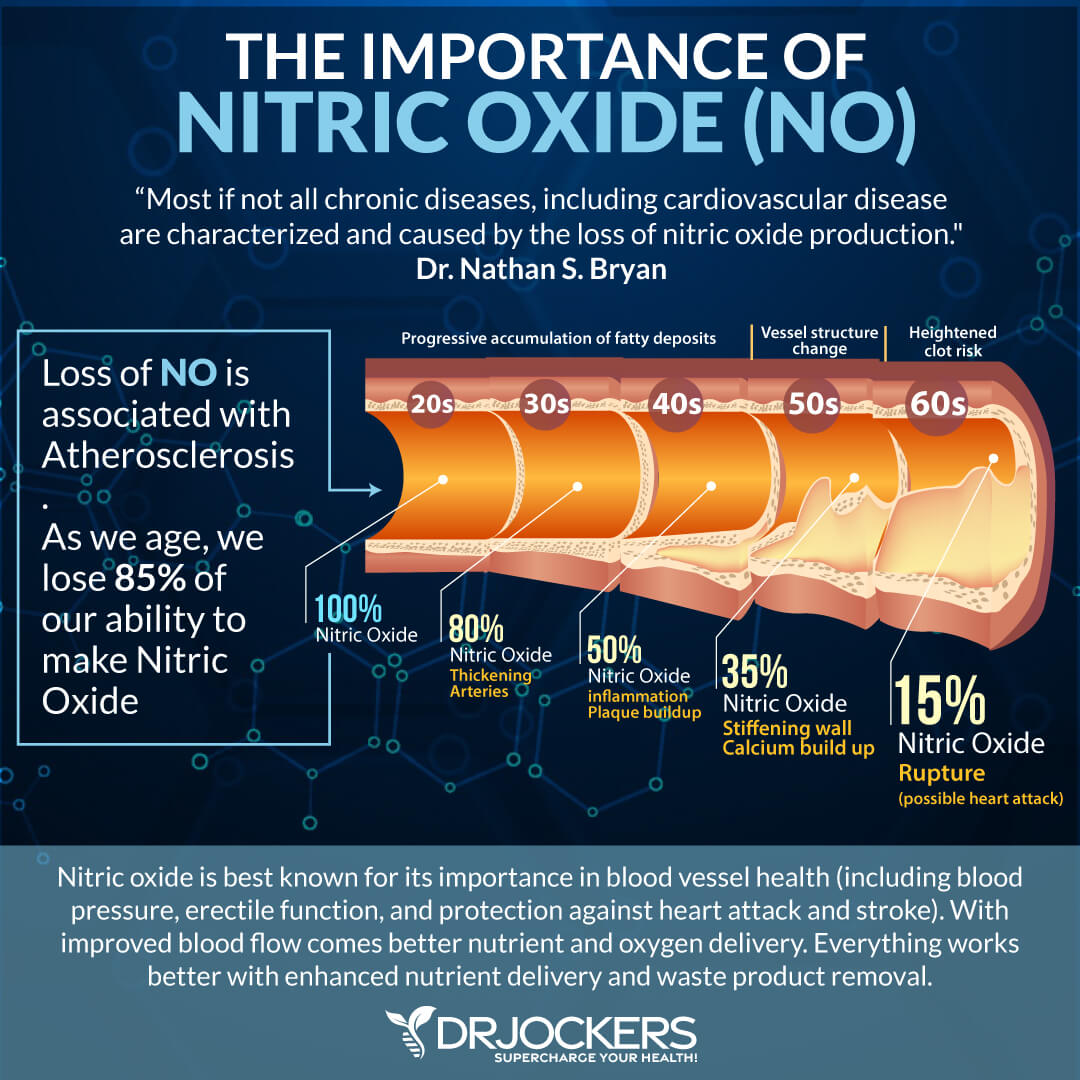
Impact of Sunlight on Chronic Disease
Thanks to improving vitamin D levels, nitric oxide production, red light exposure, and infrared wavelengths, regular sunlight exposure may help to reduce your risk of various chronic diseases.
Vitamin D, coming from sunlight, can help to reduce inflammation, regulate immune function, improve metabolic health, and support bone health, which means it may help to reduce the risk of osteoporosis, autoimmunity, diabetes, certain cancers, and other chronic conditions (6, 7, 8, 9).
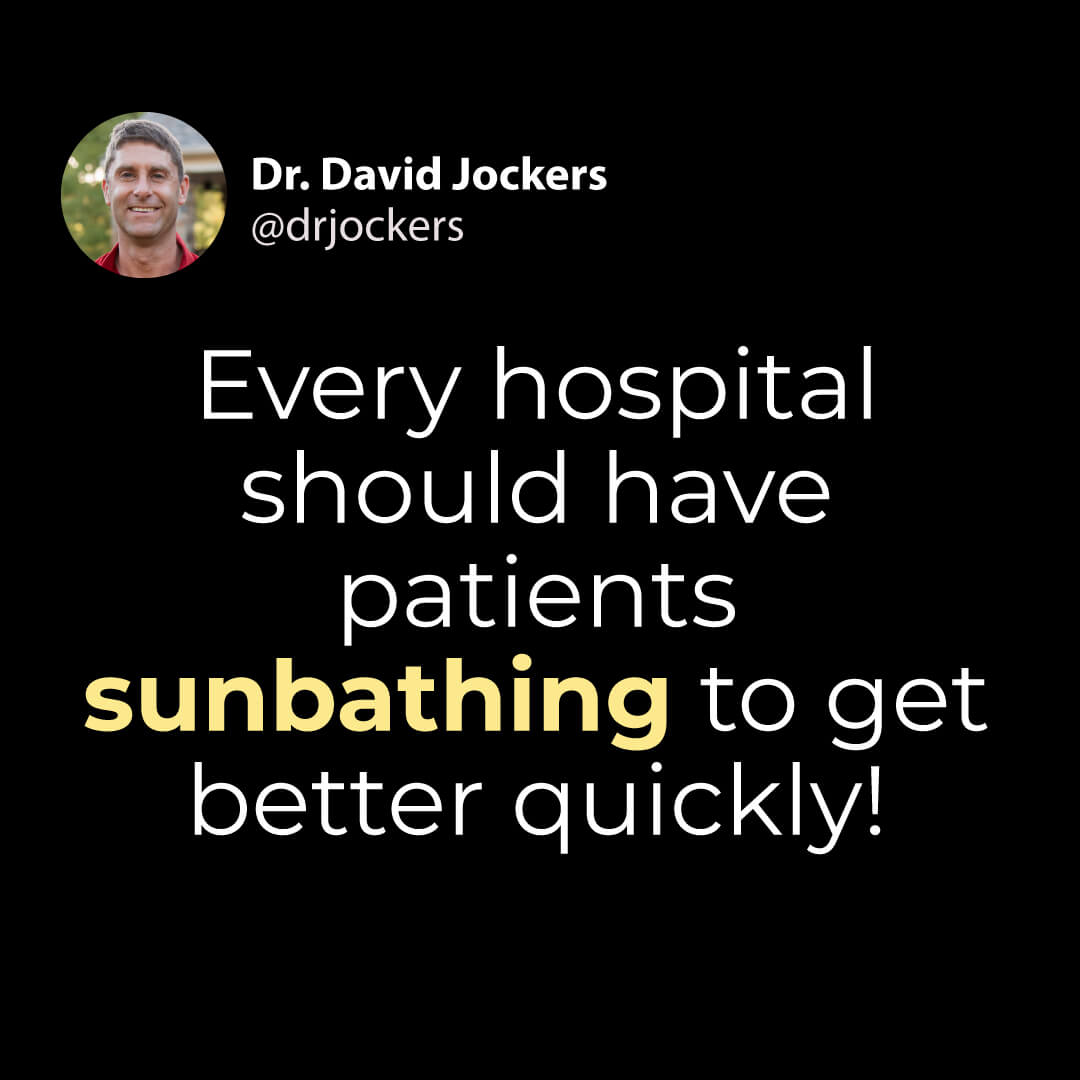
Nitric oxide released from the skin during sunlight exposure may reduce blood pressure, improve vascular health, support heart health, and lower the risk of cardiovascular and cardiometabolic issues (10, 11).
Red light and infrared light from the sun both support energy production, mitochondrial health, and tissue repair. They can decrease oxidative stress, lower chronic inflammation, support circulation, stimulate mitochondrial melatonin production, promote collagen synthesis, and improve overall wellness.
As a result, sunlight may help to decrease the risk of chronic fatigue, age-related decline, neurodegeneration, circulatory issues, and age-related skin issues.
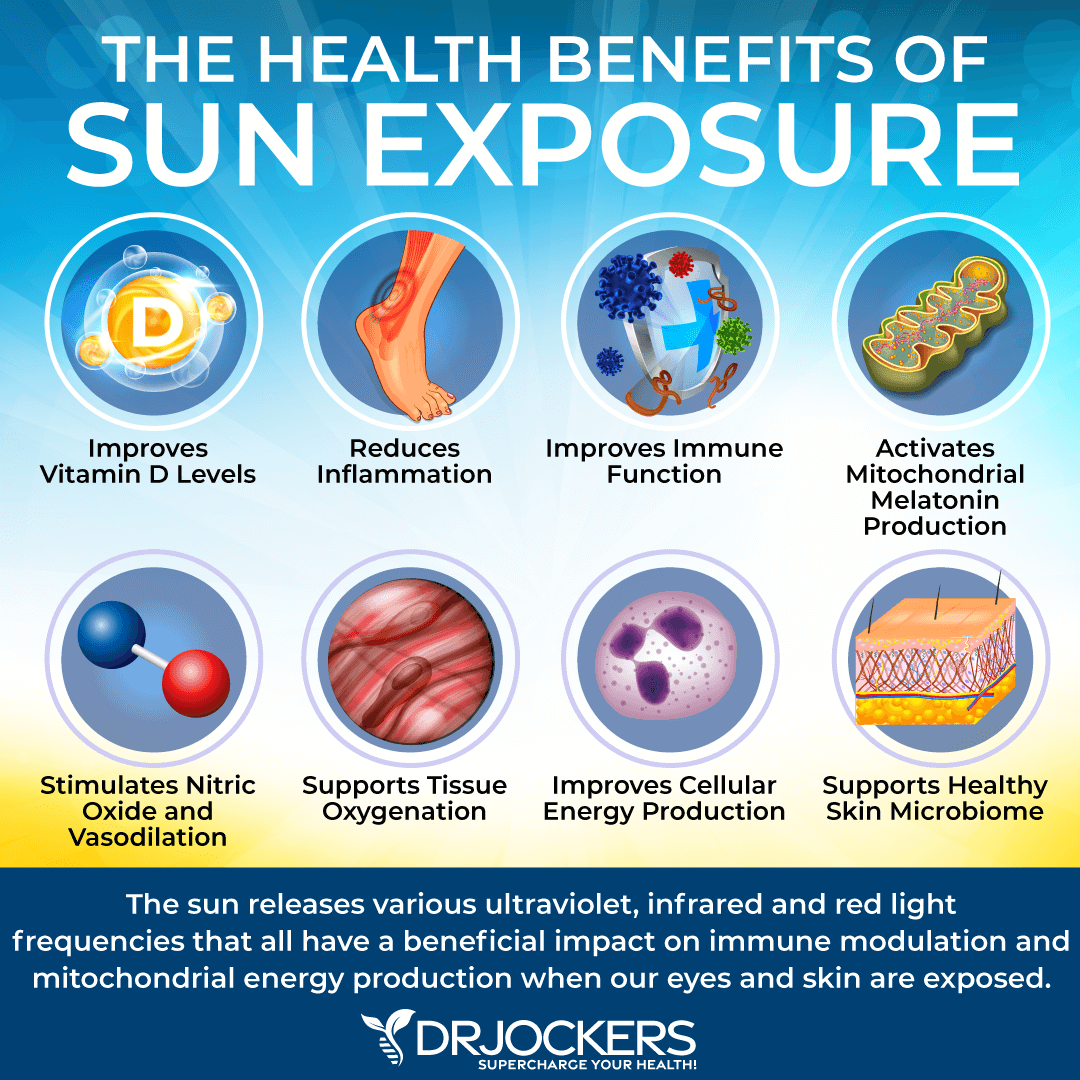
How to Optimize Sunlight Exposure
Sunlight exposure throughout various parts of your day may be the best way to meet your needs for sunlight. Midday, when the sun is at its highest, is usually the best time to absorb vitamin D from UVB rays.
However, since this is when the sun is the strongest, it’s also the time when you have the highest risk of getting burned or experiencing overexposure, increasing the risk of skin aging or cancer.
I recommend getting 10 to 30 minutes of direct sunlight during this time, depending on your tolerance and skin tone. Darker skin may require longer exposure to improve vitamin D levels and may tolerate the sun better than if you have very fair skin. Exposure as much skin as you can on your face, arms, and legs. Pay attention to your body and avoid getting burned.
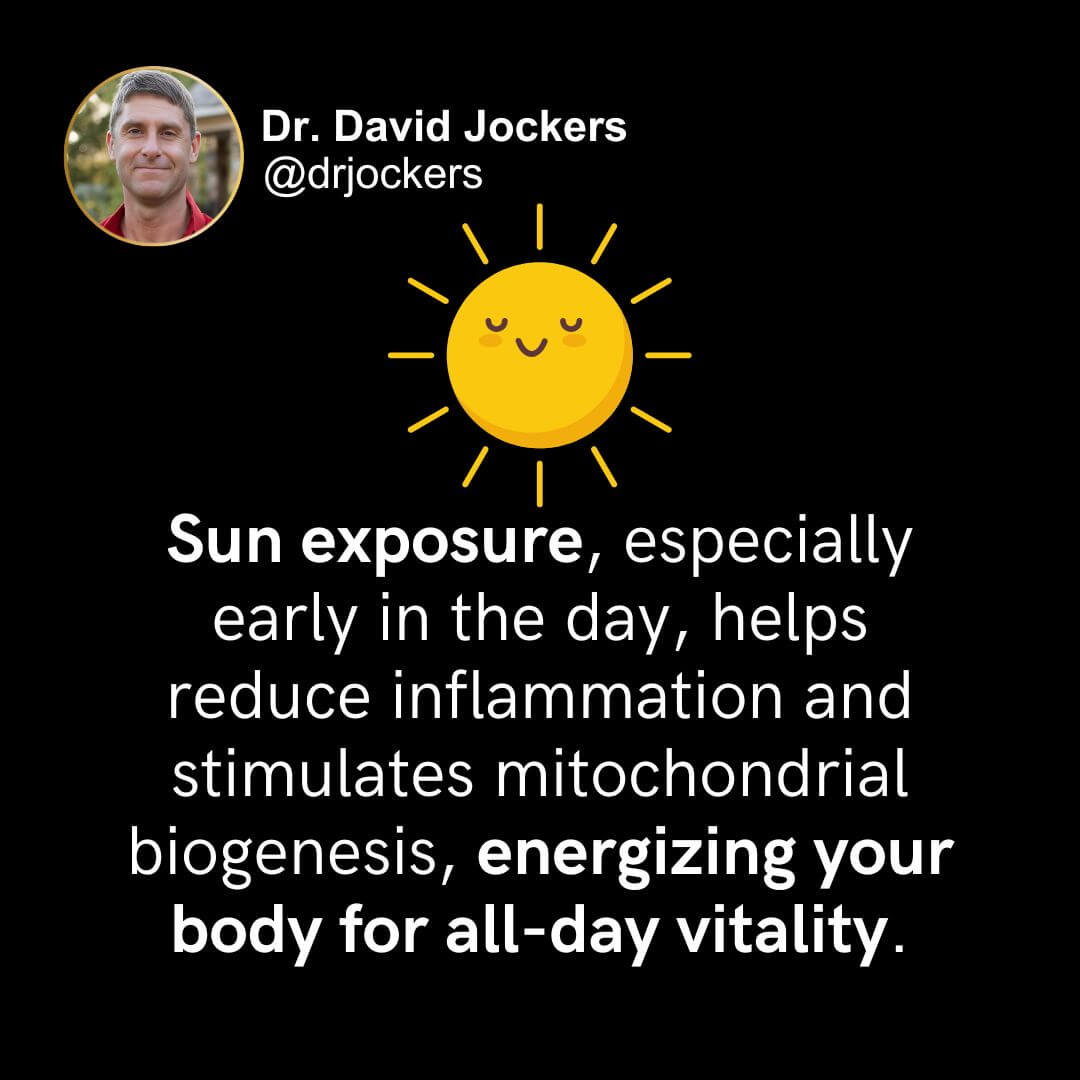
While midday is the best for vitamin D, early mornings and late afternoons are the best for red and infrared wavelengths, which are essential for mitochondrial health, cellular repair, circulation, and energy. During this time, there is minimal risk of UV damage, so you can spend more time outside.
I recommend waking up with the sun and starting out your day with some sun exposure. A walk or workout outside may be a great option for combining sunlight and exercise; however, you may choose to do some grounding, journaling, morning prayer, or enjoy your lemon water or coffee outdoors.
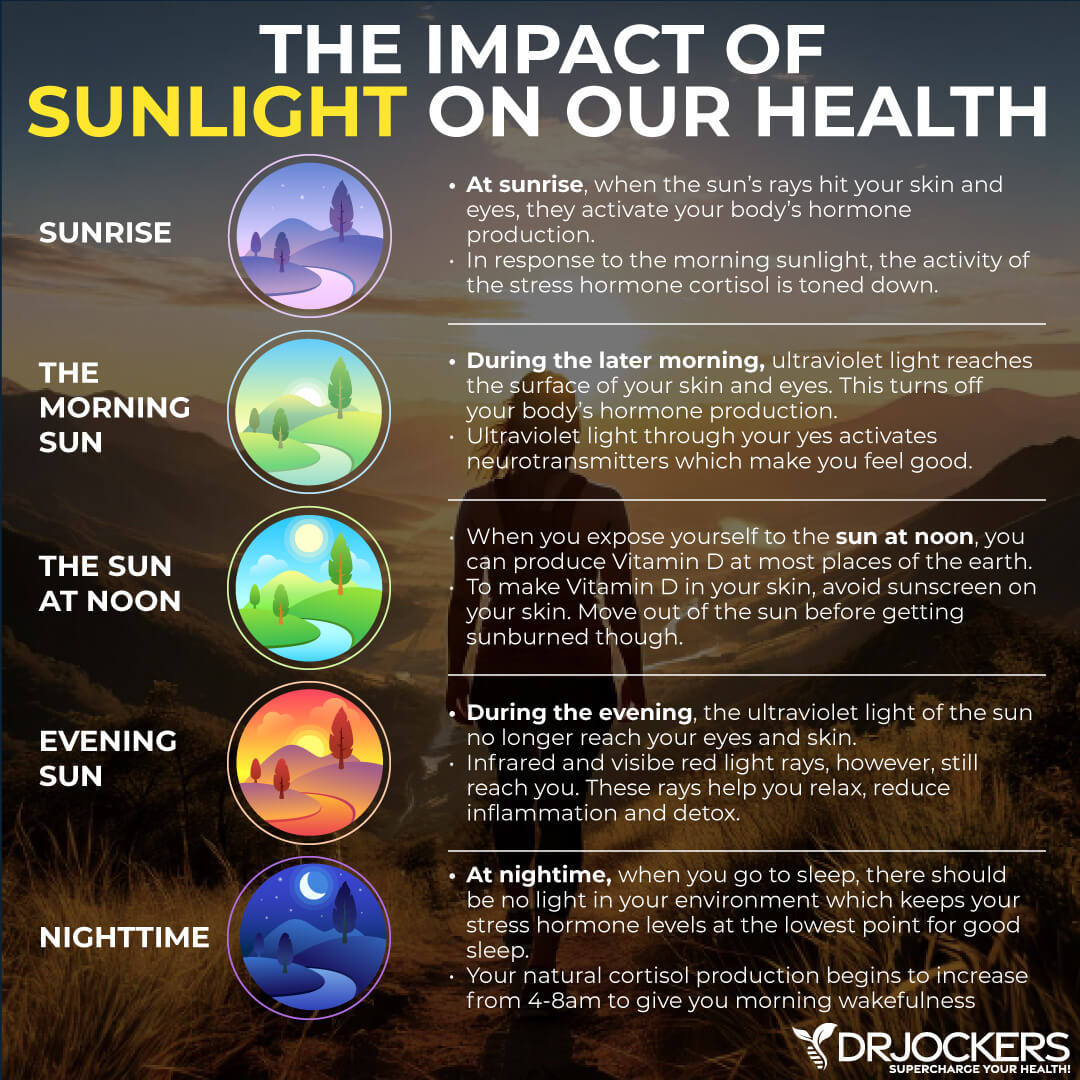
I also recommend spending time outside late afternoon, closer to sunset. This may be a great time for a neighborhood stroll or family time outside playing with your children or pets; however, you may choose any other activity that fits your goals and schedule.
Again, I recommend exposing as much skin as the weather allows. If you are living in a colder climate, you will likely have to dress up more in the wintertime but allowing the sun to hit even small areas of your body, such as your face or hands, can be beneficial for your health.
You can also train your body to tolerate cold temperatures for a short time and use this time for a couple of minutes of cold exposure while getting some sunlight, as long as the temperatures are not dangerously frigid.
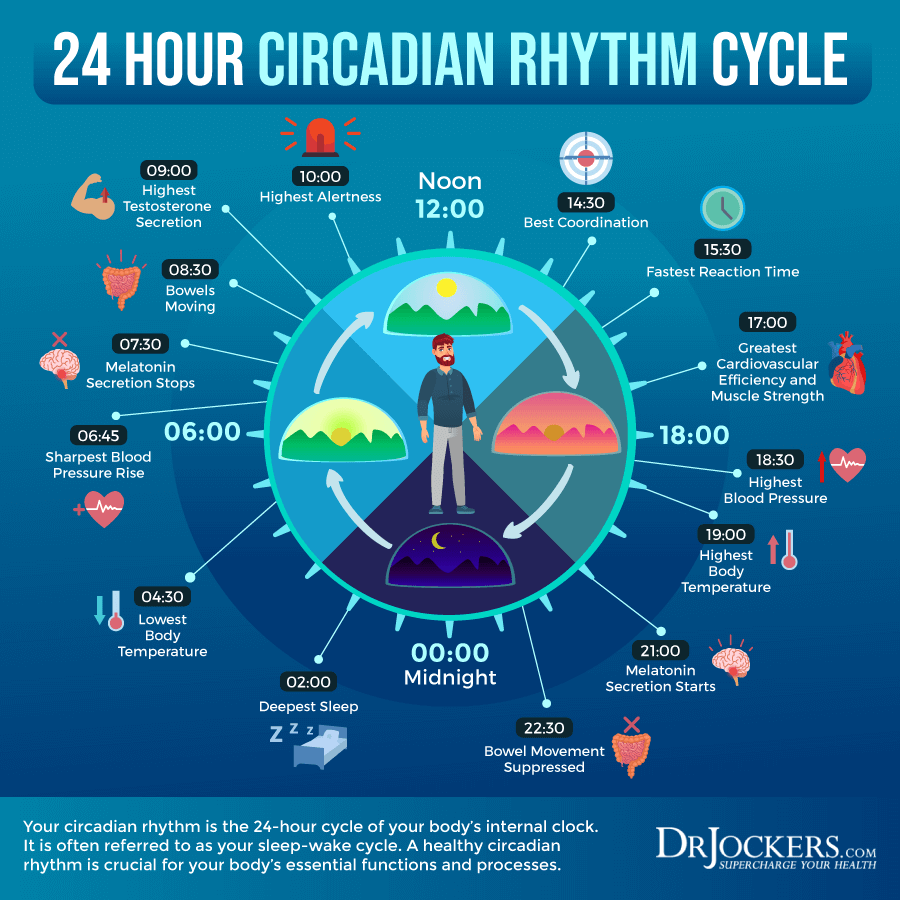
Importance of Darkness
It’s not just sunlight, but darkness is just as important for your health. Let’s see why you need it and how it may benefit you.
Pineal Gland Melatonin
Darkness is really important for pineal melatonin production. Your pineal gland relies on darkness to release melatonin, which is an important hormone for sleep and your circadian rhythms.
During the day with light, pineal melatonin levels decrease to allow you to stay energized during the day. When the light levels drop, the pineal glands start to release melatonin, which helps promote restful sleep and the circadian rhythms.
Without enough melatonin, you may experience disrupted sleep, fatigue, stress, and chronic health issues. According to a 2022 review published in the Journal of Neurology, improved melatonin levels can improve sleep quality (11).
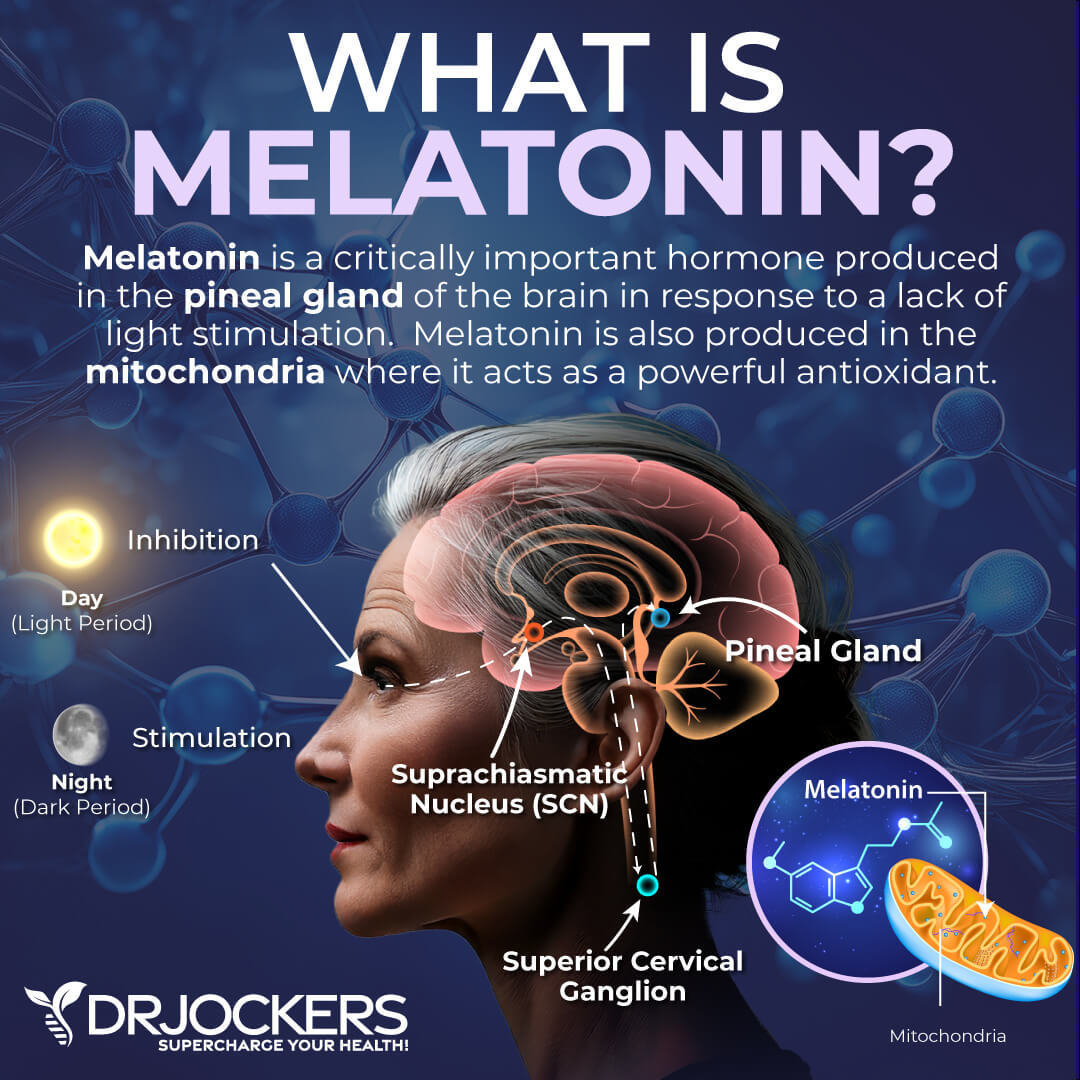
Pineal melatonin is also essential for immune function, cardiovascular health, and brain health, and pineal melatonin may help to protect you from immune-related health issues, heart disease, neurodegenerative disease, and even cancer (12, 13, 14, 15).
According to a 2022 study published in Frontiers in Cardiovascular Medicine, melatonin may benefit the cardiovascular system and may reduce the risk of cardiac damage and heart failure (14).
According to a 2019 study published in Brain Science, melatonin offers antioxidant and antidepressant properties and may reduce the risk of Alzheimer’s disease (13). According to a 2024 review published in Immunology Letters, melatonin may also have immunoregulatory, anti-inflammatory, and anti-cancer properties (12).
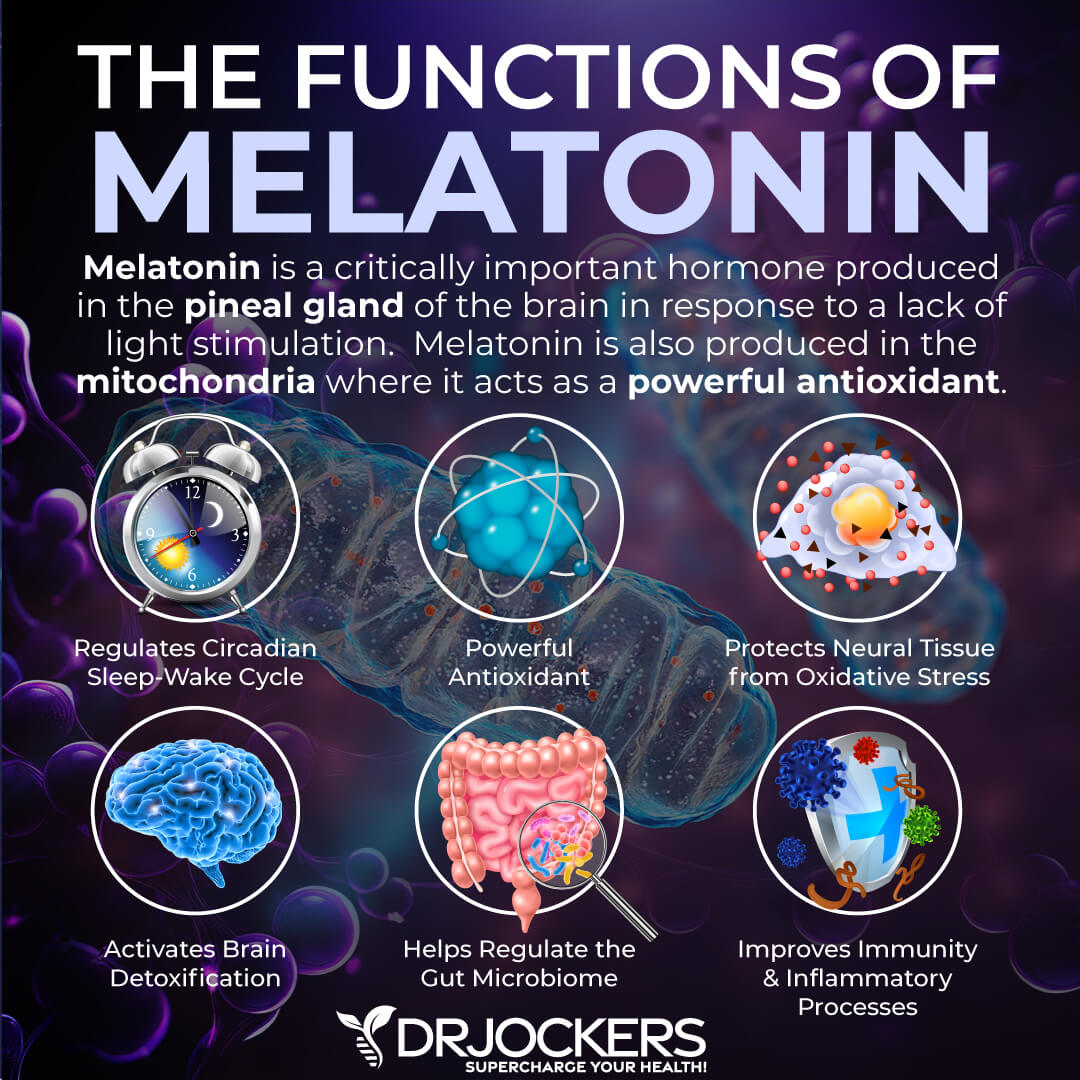
Melatonin and Human Growth Hormone
Darkness also affects the relationship between melatonin and other restorative hormones, including human growth hormone (HGH). HGH levels increase during deep sleep when your melatonin levels are also a their highest.
This surge supports tissue repair, muscle growth, fat burning, metabolism, recovery, and overall health. For example, according to a 2025 study published in Sports Health, human growth hormone may help to improve the recovery from tendon and ligament injury (16). It is essential for supporting your body’s ability to repair and regenerate.
Melatonin and HGH are both important for your health, and together they are critical for reducing your risk of disease. While melatonin can help to reduce chronic inflammation and oxidative damage, HGH can support tissue repair, recovery, and metabolic health.
Thanks to enough darkness, together, they may help to reduce the risk of obesity, diabetes, cardiometabolic issues, and early signs of aging.
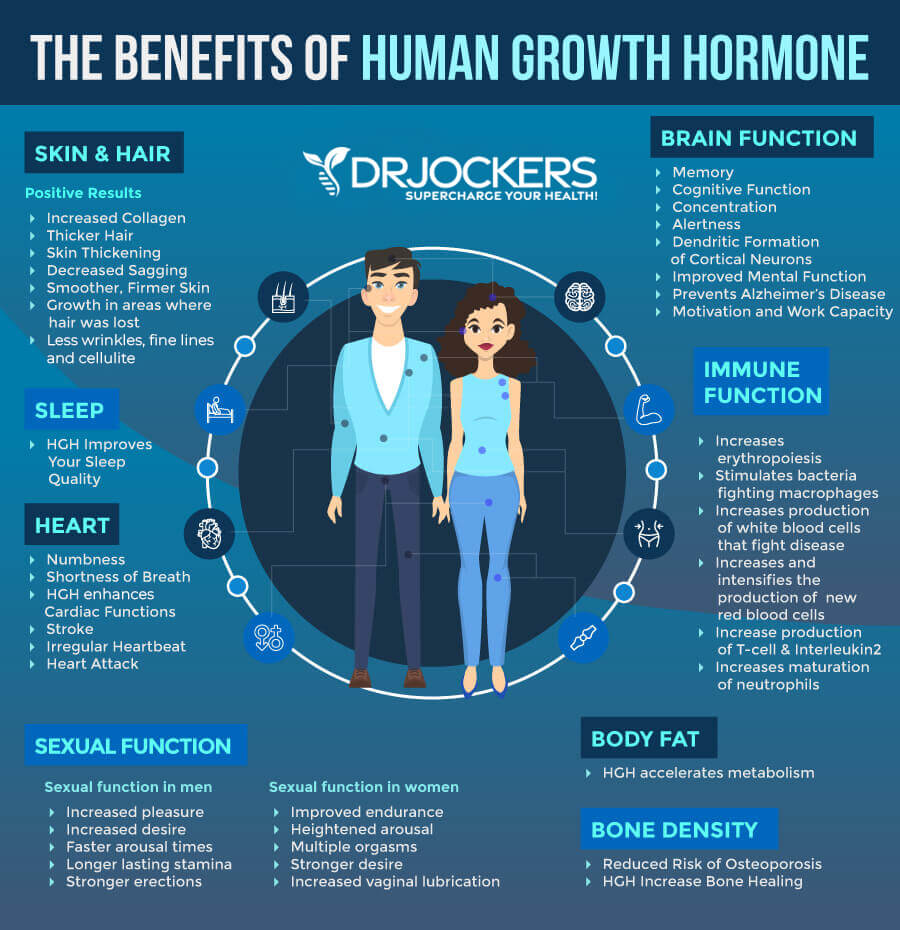
Impact of Darkness on Chronic Disease
As you can see, darkness plays a critical role in your body’s internal rhythms; thus, it may help to protect your body against chronic diseases. In darkness, your pineal gland can release melatonin, which is a hormone that can help your body to rest and sleep.
This increase in melatonin is essential for reducing chronic inflammation, lowering oxidative stress, and supporting your immune system. These benefits and supporting your circadian rhythm may help to reduce your risk of obesity, diabetes, cardiovascular issues, and other chronic diseases (12, 13, 14, 15).
Moreover, darkness also helps the release of human growth hormone, which is essential for metabolic health, muscle growth, and tissue repair (16).. Darkness also helps to remove waste products through your glympathic system, and as a result, it may reduce your risk of neurodegenerative diseases and other brain or mental health conditions.
Too much light from excessive screen time and artificial indoor lighting can disrupt the natural light-dark cycle and force your body to live in more light than darkness. Not to mention that artificial lighting and screens are not beneficial for your health like sunlight is. Too little darkness, too little sunlight, and too much artificial light can increase your risk of chronic conditions.
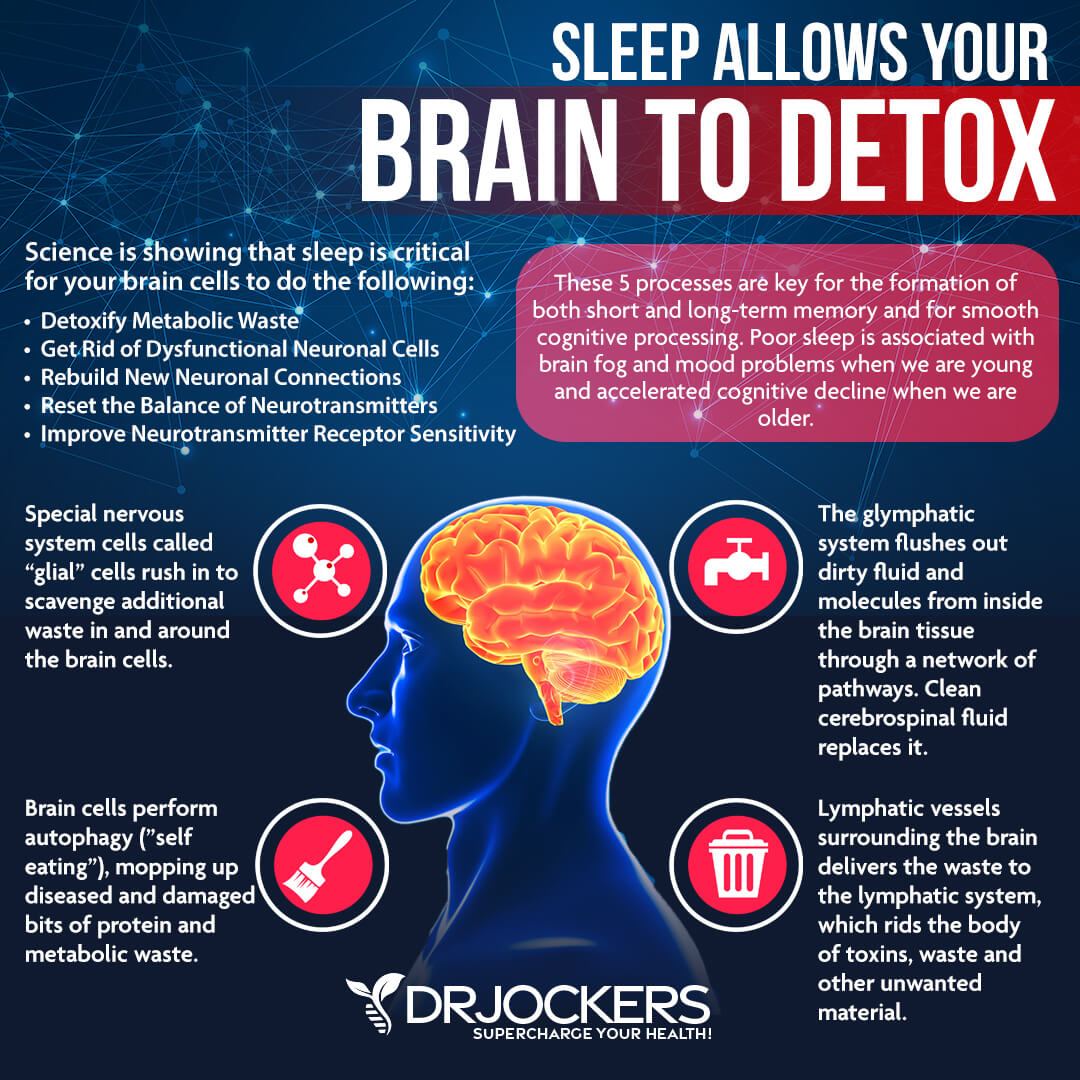
How to Optimize Darkness and Sleep Quality
After the sunset, I recommend that you keep the lights dimmed or turn them off completely. Using candlelight or fire is a great option for keeping some light in your home without having the light on. If this is not an option for you, dim the light.
Additionally, ideally, you want to stay away from electronics. If you must scroll on your phone, be on your computer, or watch TV, use blue-light blocking screens and glasses.
Blue lights can interfere with melatonin production, and this is not what you want. Blue light blocking glasses help, but I recommend that you stay away from electronics at least two hours before bedtime or by 9 pm.
By 9 pm, we have our kids down, and I make sure that I’m not working, not emailing, or not watching television. Instead, my wife and I choose quality conversations or reading a book before going to sleep.
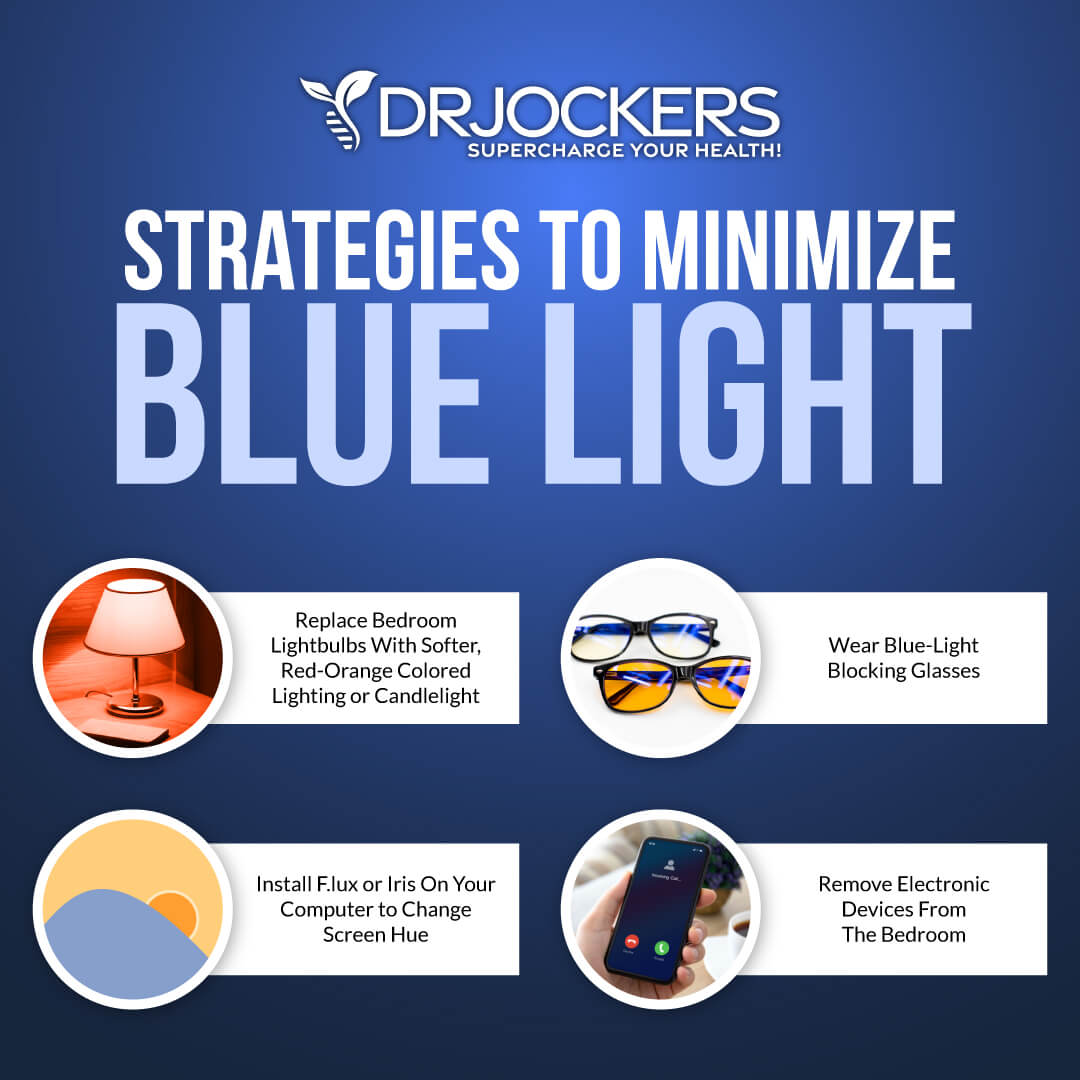
You want to go to sleep in a dark room. I only recommend blackout shades if you have a streetlight or something outside interfering with the light. While blackout curtains can block out light, they also block out the sunrise.
Ideally, you want to let the sunlight in in the morning to support a healthy circadian rhythm. However, I highly recommend eye masks to help with some extra darkness during sleep.
Keep your room cool, between 65 and 68 degrees, with the air conditioner or overhead fan. Avoid stress, exercise, caffeine, alcohol, or food in the evening close to sleep. Ensure that you have a comfortable, posture-supporting mattress and pillow and comfortable, allergen-free sheets and bedding.
Create a stress-free, peaceful, and calm sanctuary in your bedroom. It’s not a place to work, but a room to sleep and relax. Essential oils or salt lamps are a great addition to improve relaxation and calm.
For more tips, you can learn about my evening routine by reading this article and my top tips for deep sleep here. To start your day with sunshine and optimal energy, you may read about my morning routine and morning tips here.
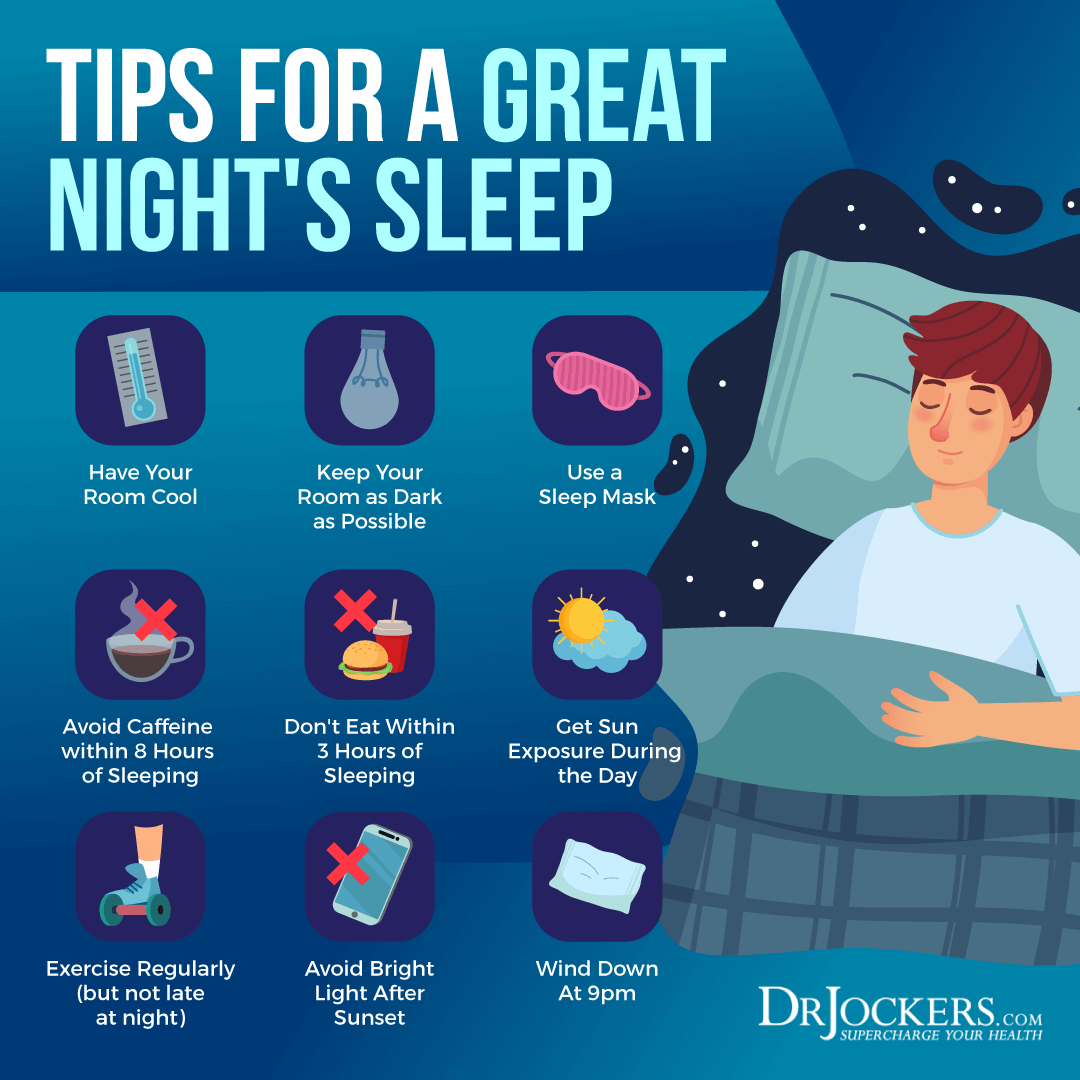
Final Thoughts
Now again, that ancient proverb says, “Watch the sunrise if you want to have great energy and watch the sunset if you want to have great sleep at night.” That right there is a huge truism.
By improving your sunlight and your darkness exposure, you can reduce these two deficiencies and may significantly reduce your risk of developing chronic inflammatory conditions, including cancer, heart disease, diabetes, and autoimmune conditions.
You may experience better energy, better mental clarity, better fat burning, and overall wellness. I recommend that you follow the tips in this article to improve your health through optimal sunlight and darkness exposure.
If you want to work with a functional health coach, I recommend this article with tips on how to find a great coach. On our website, we offer long-distance functional health coaching programs. For further support with your health goals, just reach out—our fantastic coaches are here to support your journey.

Inflammation Crushing Ebundle
The Inflammation Crushing Ebundle is designed to help you improve your brain, liver, immune system and discover the healing strategies, foods and recipes to burn fat, reduce inflammation and Thrive in Life!
As a doctor of natural medicine, I have spent the past 20 years studying the best healing strategies and worked with hundreds of coaching clients, helping them overcome chronic health conditions and optimize their overall health.
In our Inflammation Crushing Ebundle, I have put together my very best strategies to reduce inflammation and optimize your healing potential. Take a look at what you will get inside these valuable guides below!
